Churches 🢔 Religious architecture 🢔 Architectural wonders 🢔 Categories of wonders
Wonder
Antiphonitis church
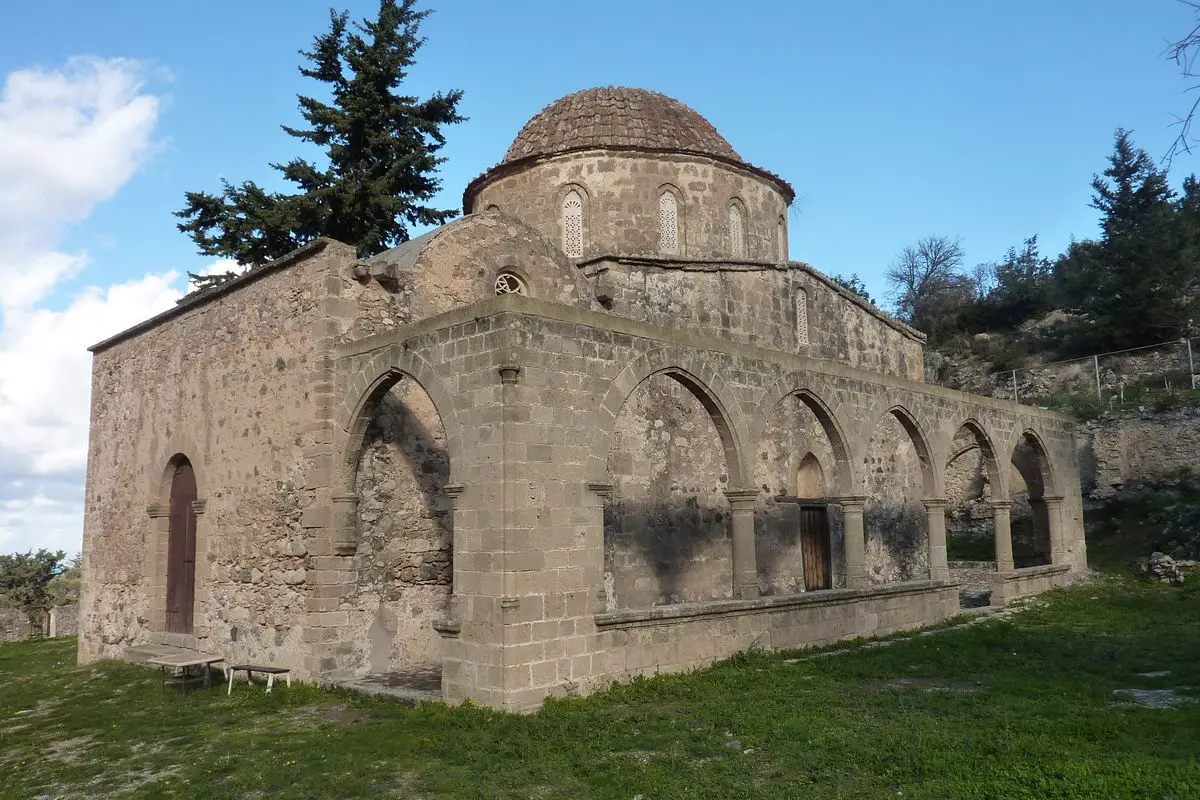
 In short
In short
Interesting monument of Cypriot medieval art is Antiphonitis Church – church with unusual architecture and remnants of valuable frescoes. Unfortunately it has been looted and part of its value has been lost forever.
 40.3%
40.3%
GPS coordinates
Location, address
Alternate names
Name in Greek
Architectural style
Year of construction
Branch of Christianity
Map of the site
If you see this after your page is loaded completely, leafletJS files are missing.
 In detail
In detail
History
Antiphonitis ("Christ who Responds") was built in the mountains of Northern Cyprus, in a picturesque, remote forest.
First church was built here in the 7th century and soon after here was founded a monastery. Both buildings were reconstructed in the 12th century when the interior of the church was adorned with frescoes in Byzantine style. Works were organized by a monk, who came here from Asia Minor.

This unknown monk built an elegant, unusual structure. The dome of the church rests on eight columns – four are built into the walls and four are free-standing. This is the only remaining church of this type in Cyprus.
Later, in the 14th – 15th centuries were built supplementary parts of the church – loggia with a barrel vault in Gothic style. These works were done in the times when Cyprus was controlled by Lusignan kings – people of Western European descent.
As time went by, the monastery was destroyed and just a church is standing here up to this day.
Unfortunately it was badly maintained. The worst times started in 1974 when Turks took over this part of the island. Since then a huge amount of Christian heritage art values have been smuggled.
Unfortunately Antiphonitis church lost most of its valuable frescoes and it is even a miracle that the remaining ones are still there.
Frescoes
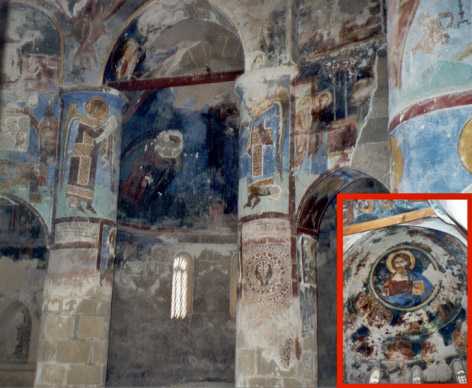
In earlier times the whole interior of Antiphonitis was covered with frescoes. Part of this artwork was created in the 12th century, in Byzantine style.
Very interesting though are later frescoes from the 15th century. These paintings have a distinct style – here is seen both the influence of traditional Byzantine art and Italian art from the 14th century.
This art represents a specific event in the local history of culture – the so-called "Cypriot Renaissance". This movement in art was started by Cypriot painters who worked in Venice and brought home the influence of Renaissance art.
Thus, the fresco of the Last Judgement (now destroyed) had many similarities to Giotto’s fresco at the Chapel of Scrovegni in Padua, Italy. (1)
The most valuable remaining paintings are:
- Depiction of Christ Pantokrator (Christ the Enthroned), made in the 15th century. This artwork is located in the center of the dome. There have been several attempts to remove it but this time smugglers failed.
- Fresco of Virgin Blachernitissa with Christ Child and archangels Gabriel and Michael. According to local beliefs, this fresco was made of wax which was mixed with the ashes of Christian martyrs who were killed in the 6th century. (2)
Although most of the art values have been lost forever, some positive things happen as well – some artworks are returned to Cyprus, such as four smuggled icons of Apostles in August 2013. These icons are now in the Republic of Cyprus and will be returned to the Antiphonitis church after the country will be unified.
References
- Ioannes A. Eliades, Cultural Interactions in Cyprus 1191-
1571: Byzantine and Italian Art. Culture, Rhetoric and Religion. Accessed on February 4, 2014 - Antiphonitis Church, A Guide for Residents and Visitors Culture, Rhetoric and Religion. Accessed on February 4, 2014
 Linked articles
Linked articles
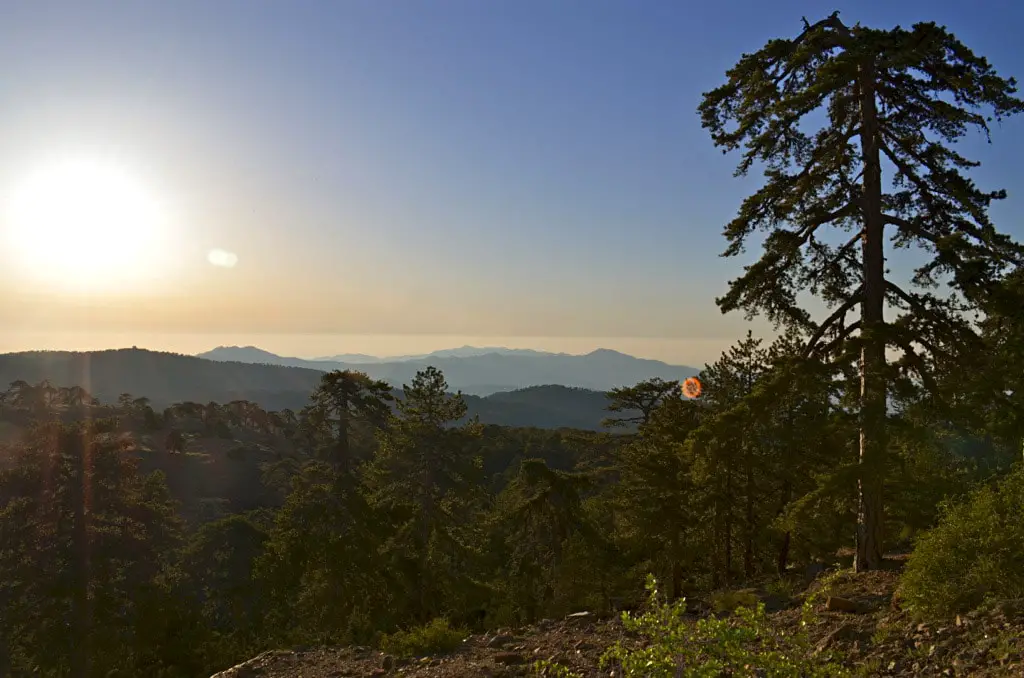
Wonders of Cyprus
Since prehistoric times Cyprus has been at the crossroads of cultures, between the ancient civilizations of the Near East and later civilizations in Greece, Rome, and medieval Europe.
Most interesting landmarks here are the remnants of prehistoric settlements – true eyewitnesses of the dawn of humankind, but not less interesting are the ruins of ancient cities. Very rich is the cultural heritage of Orthodox Christianity which is best expressed through the colorful frescoes in numerous medieval churches.
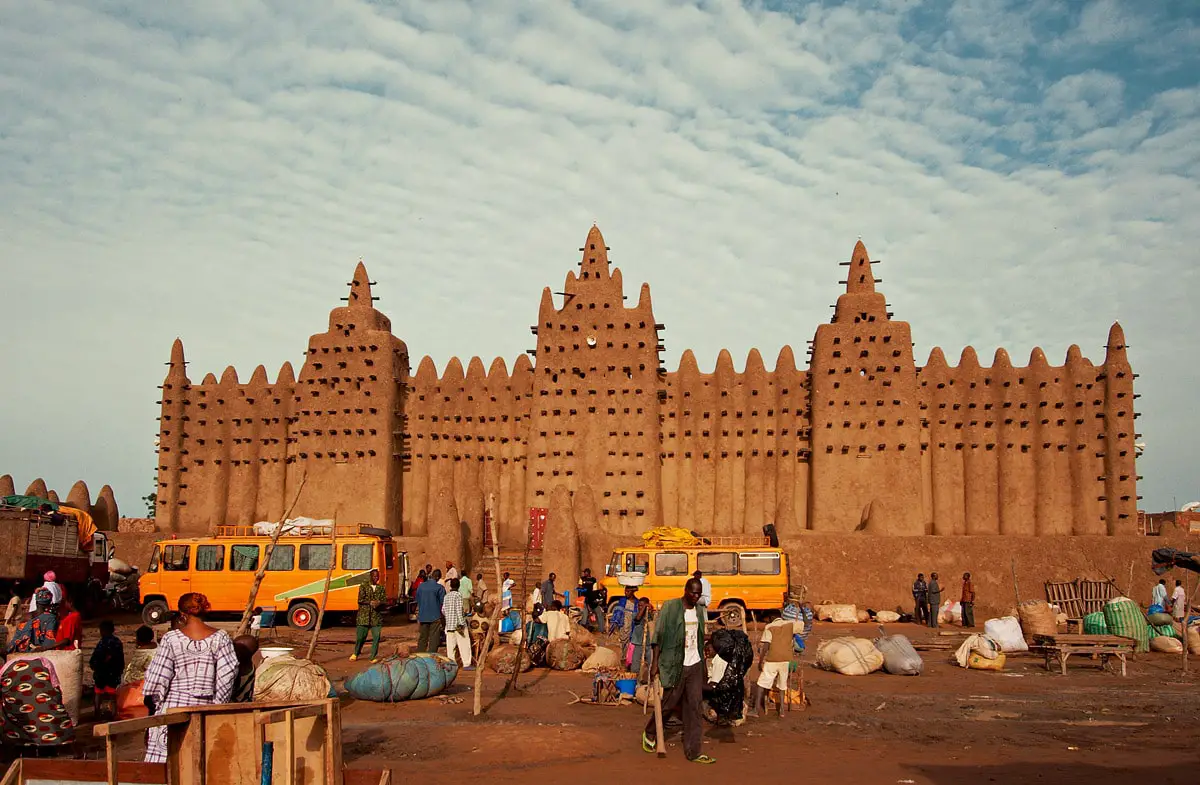
Religious architecture
Since ancient times human talents and skills have been expressed in religious architecture and arts, and traditions and rituals have evolved around pilgrimage sites. Religious buildings represent a major part of the highest achievements in architecture and crafts.
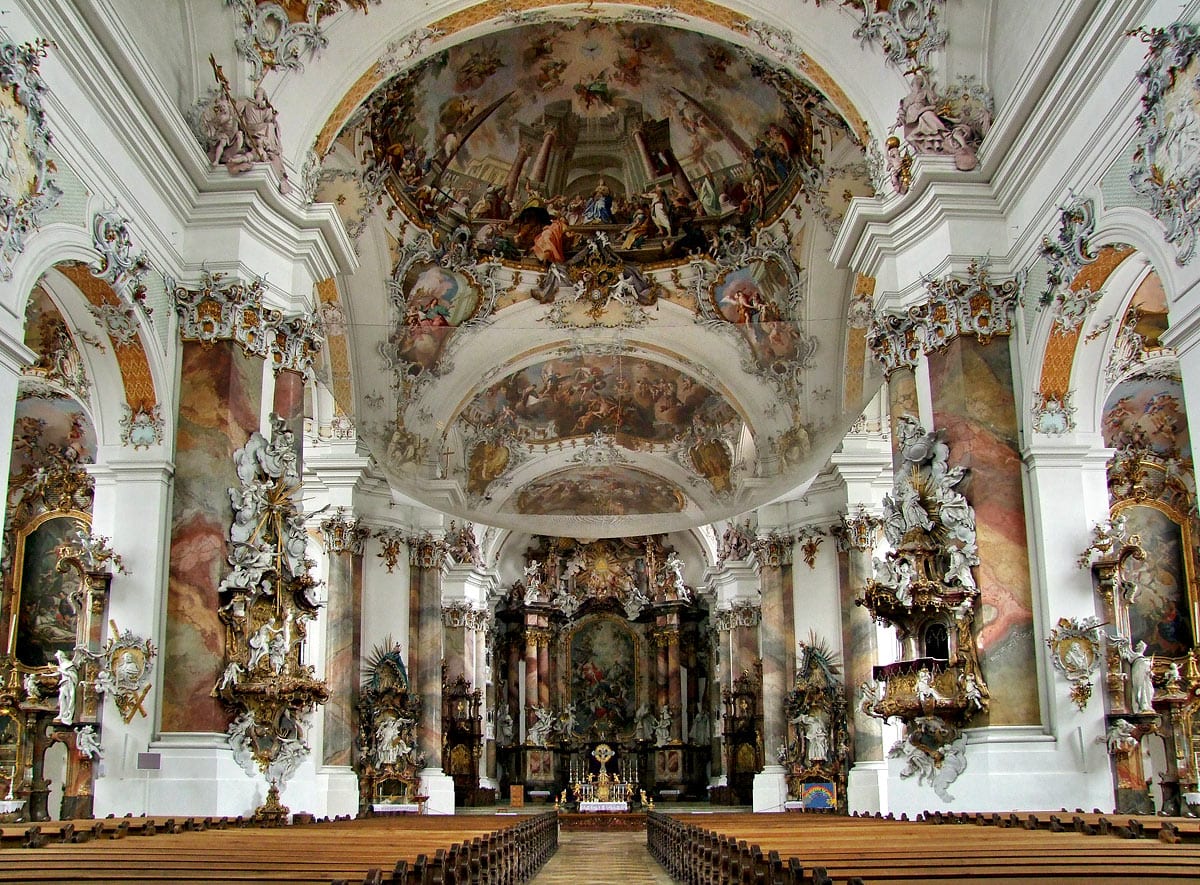
Churches
Throughout the millennia Christian churches have been the epitome of architecture and arts achievements in Western culture.
 Recommended books
Recommended books
The Rough Guide to Cyprus
The Rough Guide Cyprus is the definitive guide to this intriguing Mediterranean island. With stunning photography to inspire you and in-depth coverage to guide you, this guide will ensure you make the most of your time in Cyprus, whether you want to immerse yourself in culture with stunning Byzantine churches, Roman temples, and Ottoman mosques, hike the Troodos Massif, or simply dig your toes into the sand on one of the island’s beautiful beaches.


